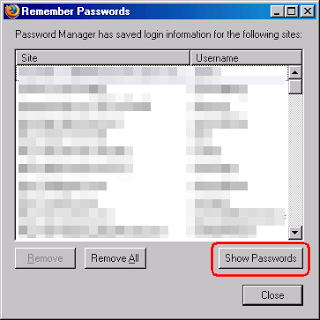An amazing book to make Windows XP run the way you want it to. From Tweaks to the Most famous Hacks , Everything Revealed….

Description:
* Get ready for some down-and-dirty hackin’! Over 200 serious hacks readers can use to force Windows XP to do it their way, written in the ExtremeTech no-holds-barred style
* Sinchak doesn’t waste time tweaking Movie Maker or Instant Messenger-these hacks are heavy-duty, detailed instructions for squeezing every drop of power from Windows XP and maximizing speed, appearance, and security
* Not for the faint of heart! This book is written for users who aren’t afraid to roll up their sleeves, risk voiding their warranties, take total control of the task bar, uninstall programs that are supposedly permanent, and beef up boot speed
* Mines gems like unlocking hidden settings, customizing boot screens, supercharging online and program launch speed, maximizing the file system and RAM, and dumping hated features for good
* Written by the creator of TweakXP.com, a site considered Mecca for Windows hackers and trusted by more than ten million Windows XP users worldwide
* Includes a hacker’s dream CD-ROM with a set of ready-to-install hacks, theme creation tools, custom boot screens, “undo” files that help the reader tinker with Windows XP’s registry, and a whole lot more.
Download
Rar password : www.warezfreak.org

